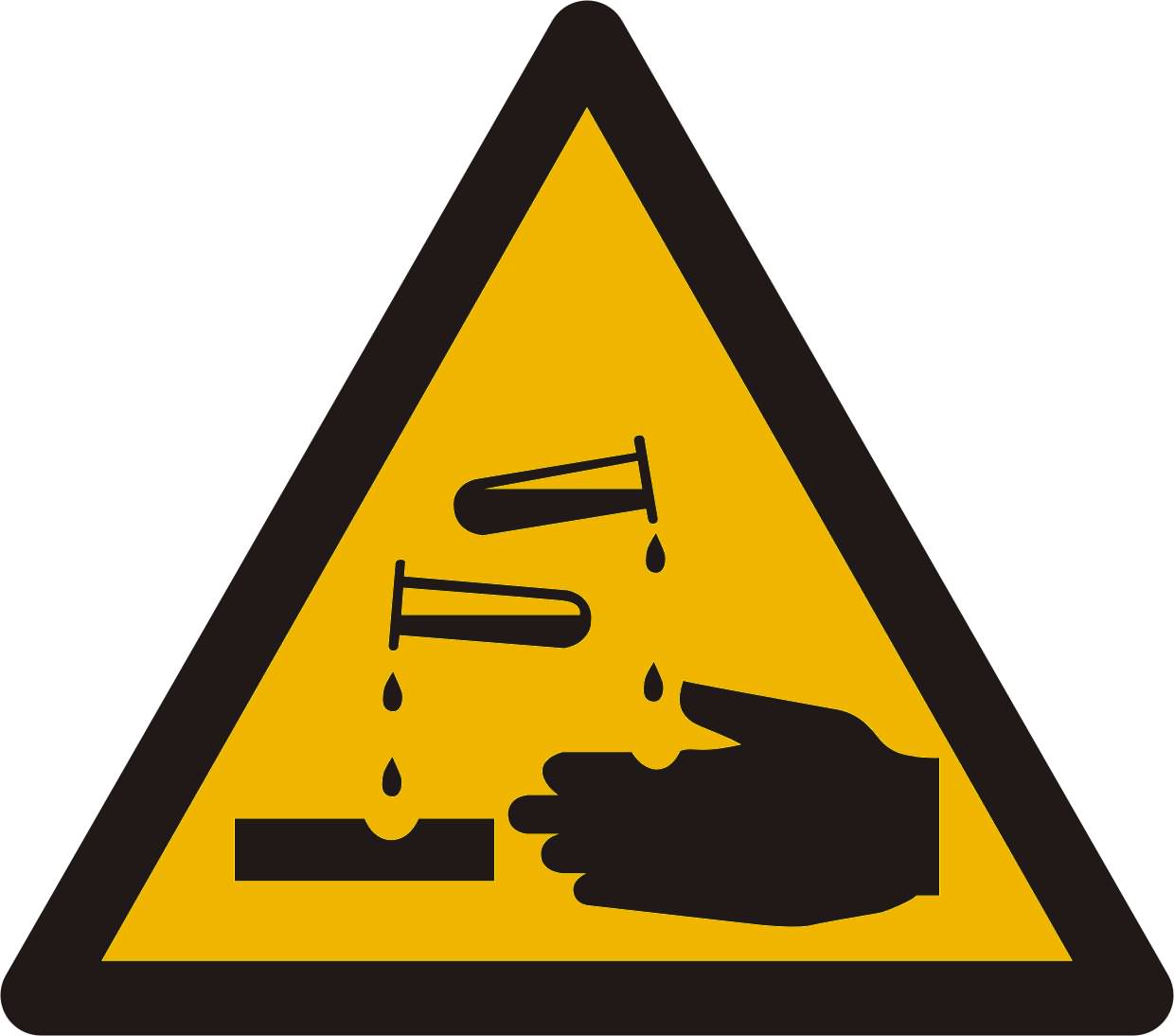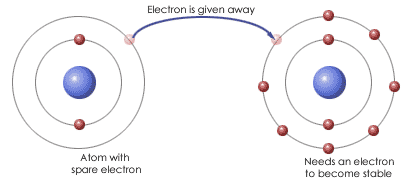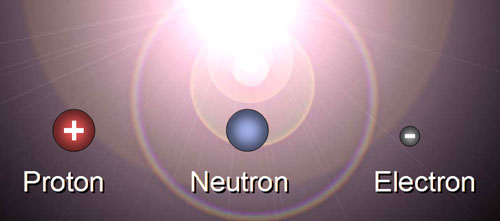Plant reproduction and Human reproduction
Sexual reproduction allows the offspring of the plant to inherit beneficial qualities from both parents and increases the chances of the species's survival. The flower is the reproductive organ of the plant. A flower can be found individually or in inflorescences. We went to the science lab to dissect a hibiscus flower and view the different parts of the plants reproductive system. We found out that a complete flower should have a pedicel, a receptacle, sepals, petals, stamens and carpels.
Pollination:
Self pollination: pollen transferred within the same flower or the same plant. It is faster, easier and does not rely on external factors such as wind or animals. However, the young plant will be exactly the same as the parent plant and will have a lack of genes, which means that a single spread of disease could wipeout the entire species. The flowers of self pollinated plants do not bloom fully and often have their stigmas below their anthers.
Cross pollination: pollen transferred from one flower to another on different plants of the same species. Plants bear either only male or female flowers and their anthers and stigmas mature at different times to prevent self pollination. Cross pollination requires pollinators which can be wind or animals. Wind pollinated flowers have feathery stigmas, small, light pollen grains and are small and dull coloured. Animal pollinated flowers are usually brightly coloured, big, sweet smelling and have rough pollen grains.
Human Reproduction:
Sexual reproduction in humans occur during sexual intercourse between a male and female. The sperms from the male are released from the epididymis where they have been stored after being produced by the testes. The sperm passes through the prostate gland, which produces the seminal fluid in order to assist the sperm in their journey to the ovum. As for the female, menstruation occurs ever 28 days or so when the uterine lining breaks down and is discharged as waste. After that, the uterine lining thickens again as levels of progesterone rises. The fertile period of a woman is usually between day 14 and day 16 of her menstrual cycle. This is when the uterine lining, or endometrium, is the thickest and is prepared for the implantation of a fertilised egg. The sperm consists of a head, a mid-piece and a flagellum. The sperm uses its flagellum it swim up the fallopian tubes to fuse with the egg. Out of 5 million sperms, only one will fertilise the egg. The rest will die off within the span of 1 to 3 days. The mid-piece contains mitochondria, which provides energy for the sperm to be able to lash its flagellum to swim up the fallopian tube. When the sperm reaches the ovum, acrosomes will start digesting the walls of the ovum to enable the nucleus of the sperm to fuse with the egg. The head attaches to the egg and the rest of the sperm falls away. After fertilisation, The egg is implanted in the endometrium to protect the egg and prevent it from moving about to ensure successful development of the foetus. Here are some diagrams to help understanding of this topic:
The Anatomy of a Sperm Cell
Diagram of a Male Reproductive System
Female Reproductive System
However, sexual intercourse has risks of passing on Sexually Transmitted Diseases (STDs). STDs include Gonorrhea, Acquired ImmunoDeficiency Syndrome (AIDS), Syphilis and many others. Currently, there is no cure for AIDS and only cure for gonorrhea and syphilis if detected in its early stages. Both AIDS and syphilis can lead to horrible deaths. (pictures will not be shown as there may be viewers who are unable to stomach those sights)
There are a few ways to prevent contraction of STDs.
There are a few ways to prevent contraction of STDs.
1) Contraceptions such as condoms and diaphragm caps prevent the sperm from entering the vagina
99% effective only as microscopic tears may be present in the device
A rolled up condom
2) Spermicide: a chemical which is sprayed inside the vagina to kill sperms upon entry
99.9% effective only as some sperms may develop a resistance to spermicide
Tube of Spermicide
3) Tracking of Menstrual cycle and not having sexual intercourse during the fertile period
Unreliable as it may not be accurate and is subjected to changes in hormone levels
4) Vasectomy or Ligation: 100% effective
Vasectomy refers to the cutting and tying of the sperm ducts to prevent sperms from entering the penis
Ligation refers to the cutting and tying of the oviducts to prevent the ovum from moving through the oviducts
Ligation
5) Abstinence: 100% effective.
My Reflections: (Plant) This topic is the simplest topic I have learnt so far. Firstly, this topic was taught in Primary school and I had quite a firm grounding in it. Secondly, due to my prolonged interest in biology and the constant spamming of chemistry in term 1, I was able to launch myself into this topic with greater enthusiasm than for other topics. Although I had to memorize parts of the flower, they are definitely more appealing to the eye and more recognizable than coloured balls floating around in rings (atom models). However, I had to spend less time on this topic as I was weaker in other topics. Unfortunately, the only topic which appealed to me so far was not covered in great detail and we did not spend as much time on it as we did on other more boring topics. I also realized that enjoying a topic makes memorizing information about the topic easier and less boring.
(Human) This topic was also taught in primary school and I do have some basic foundation in it. This topic is much more difficult than Plant reproduction as there are much more things to be memorized and much more things to take into consideration. Biology may be my interest, but I am more interested in marine biology than studies on the human reproductive system. However, I still managed to spark a little more interest in this topic and make things easier for myself. :D












